
My review of The Non-Jewish Jew and Other Essays by Isaac Deutscher.

My review of The Non-Jewish Jew and Other Essays by Isaac Deutscher.
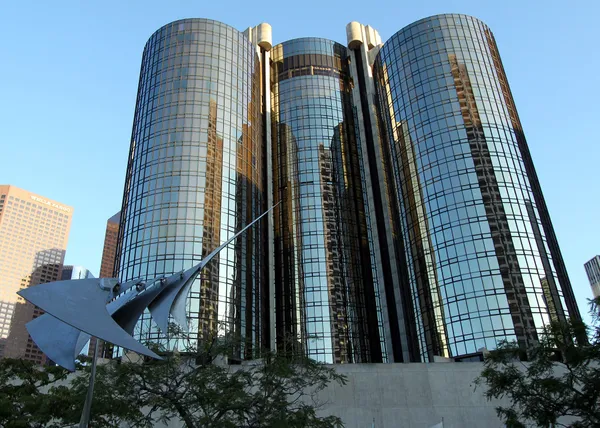
Getting at the heart of what and why postmodernism is remains a challenge that few thinkers have been able to face with as much brilliance and perspicacity as Fredric Jameson, notably in his Postmodernism, or, the Cultural Logic of Late Capitalism (1991).

My review of The Weird and the Eerie by Mark Fisher.
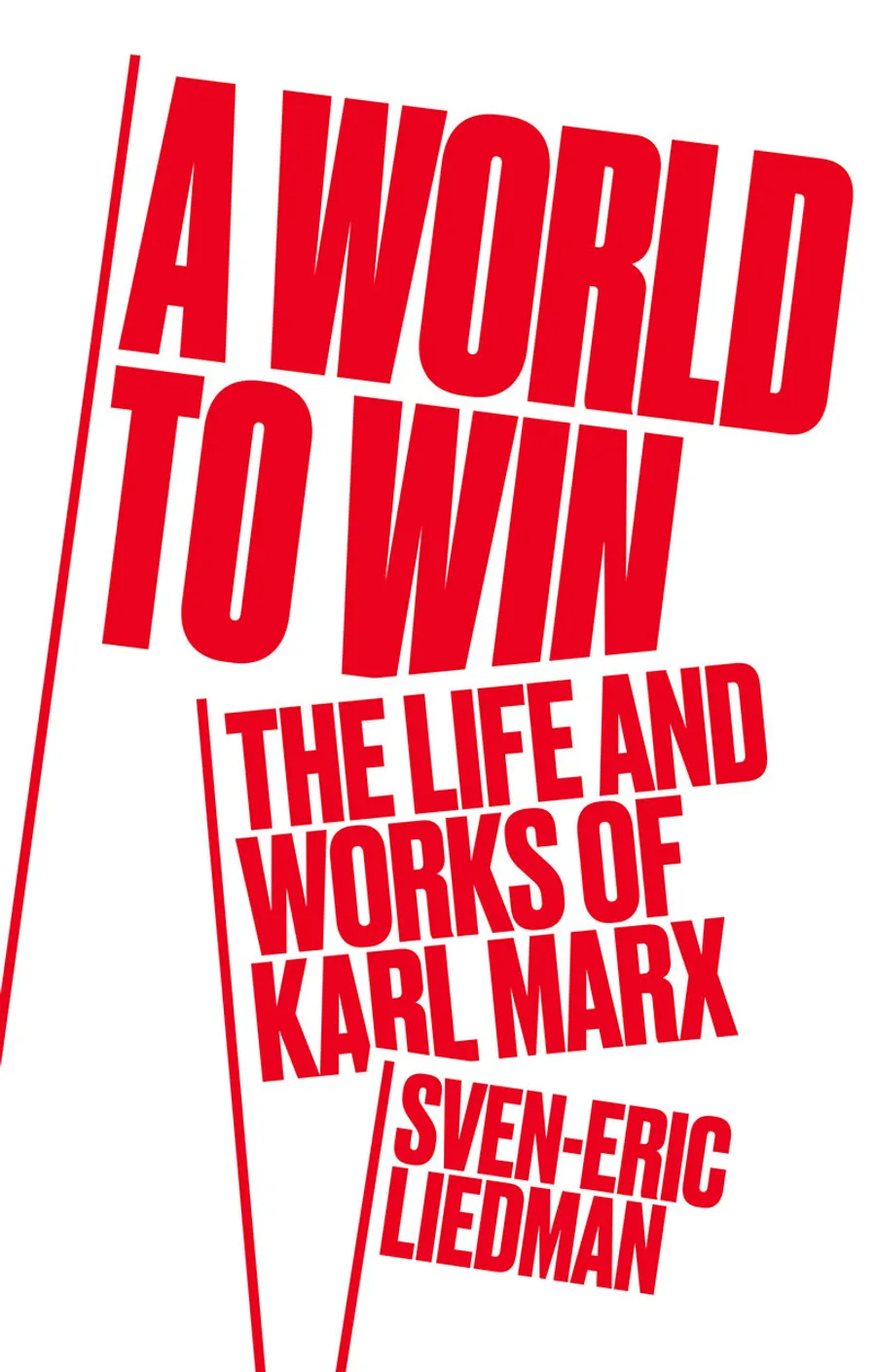
My review of A World to Win: The Life and Works of Karl Marx by Sven-Eric Liedman.
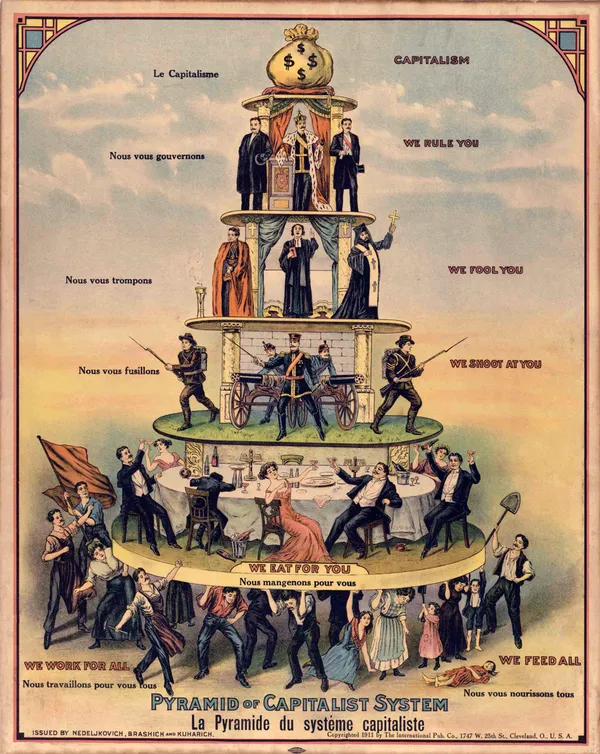
Max Weber famously argued for an “elective affinity” between a Calvinist work ethic and the economic requirements of industrial capitalism. In its insistence on secularized vocation and deferment of worldly pleasure, according to Weber, the Protestant work ethic gave religious sanction to certain kinds of economic activity, namely, the reinvestment of wealth as capital to build society’s productive forces.
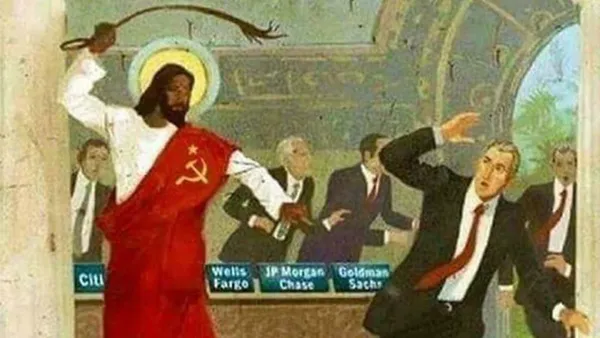
Christianity retains the impetus to anti‐fetishism, provided it unites with the Marxist science of critical perception.
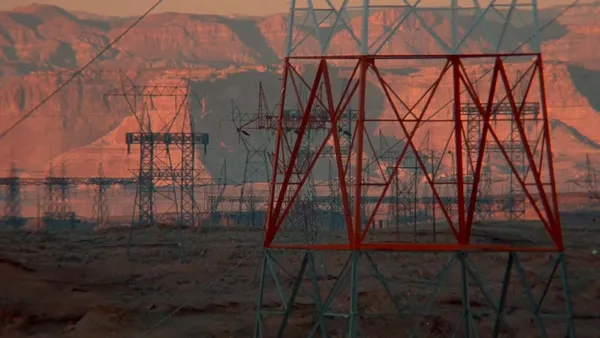
Nature has a specific history. This is a history in which organic life, inclusive of humanity, acts on and changes the world, at the same time as the world acts on and changes organic life.

Walter Rodney’s rejection of rigid models of historical interpretation and “necessary” trajectories of socialist development transcends Cold War limitations. Instead, his authentic use of Marxist historical materialism impels him to begin, per Lenin, with the “concrete analysis of concrete conditions.”
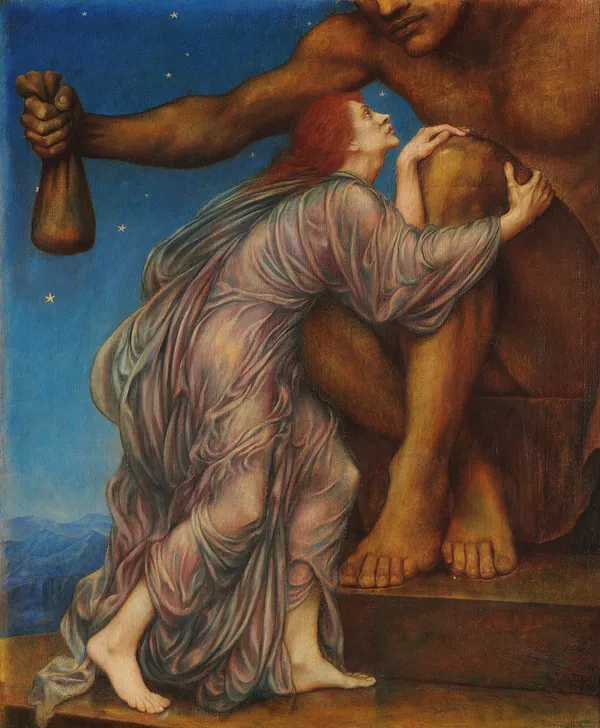
My review of Haymarket’s A People’s Guide to Capitalism: An Introduction to Marxist Economics, for The Bias magazine.
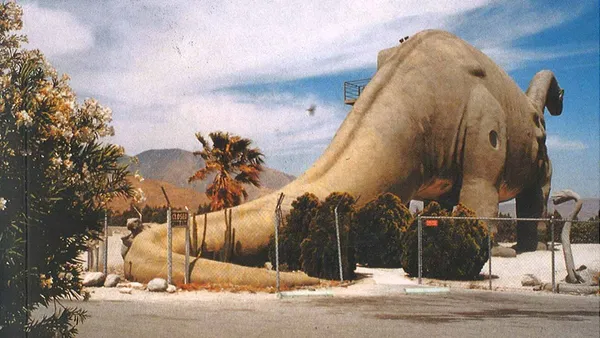
As a guide to understanding the cultural mythology and socio-geographical history of the singular American city that represents both “the utopia and dystopia for advanced capitalism,” there is none more incisive than Mike Davis’ City of Quartz.
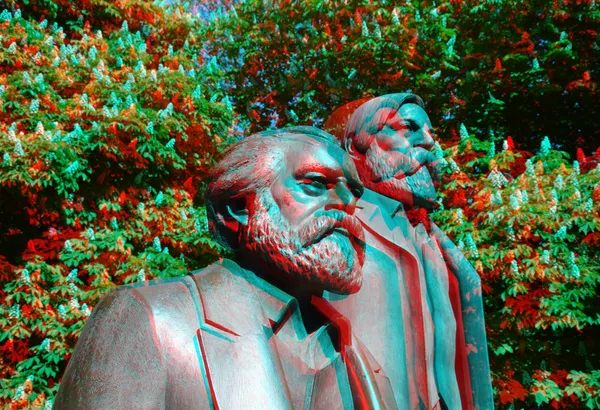
If Marx focused so much on the material, it was because he found it integral to collective human flourishing in a sense similar to the Aristotelian eudamonia—physical, mental, and spiritual well-being achieved through practical activity.
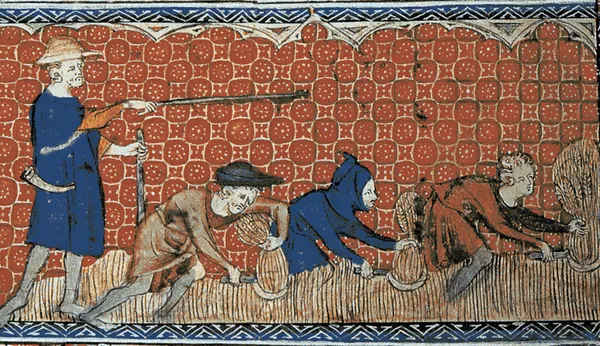
There is a story told about capitalism—mostly by its proponents: classical liberals, American conservatives, libertarians, and the like; but also sometimes inadvertently by its Marxist critics—that sees this system as synonymous with human nature in all times and all places.
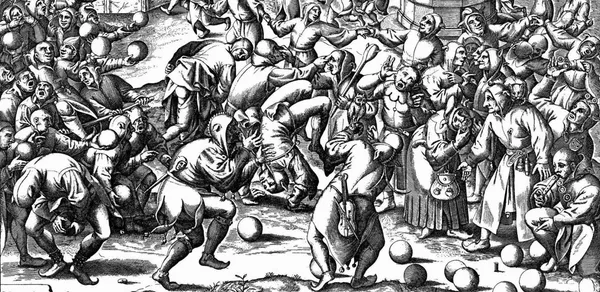
In Rabelais and His World, the Russian critic Mikhail Bakhtin argues that Rabelais is the culminating literary expression of the carnival or grotesque idiom of folk humor, an idiom which had developed for over a thousand years (starting with the Roman Saturnalia) as an “unofficial” or subversive culture in the West, complete with its own rites, rules, and symbols.